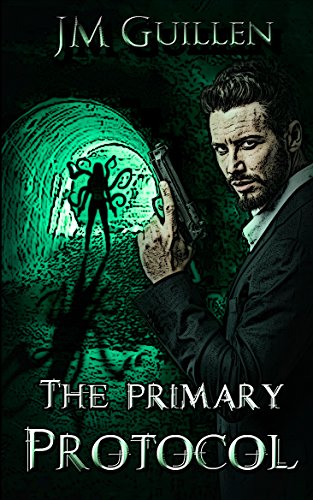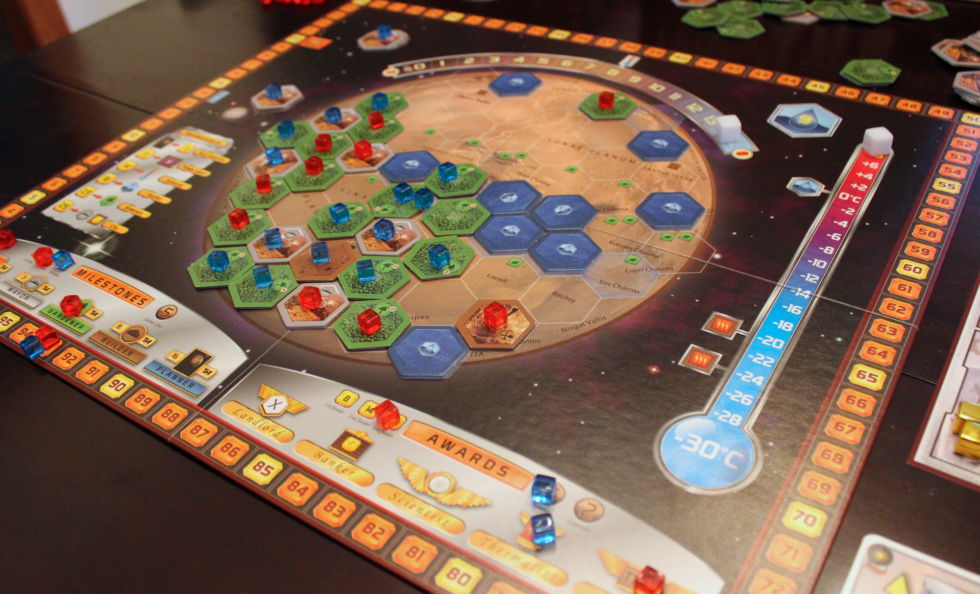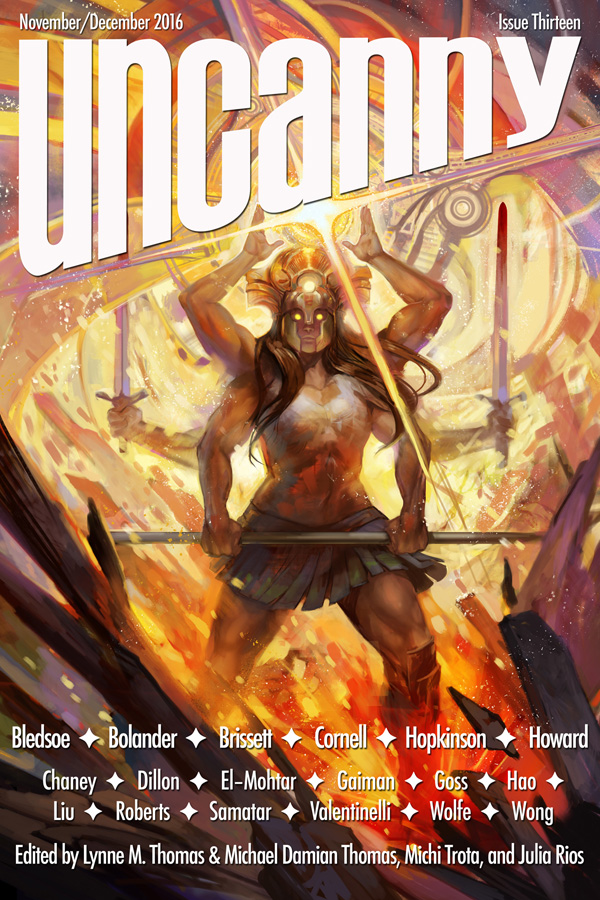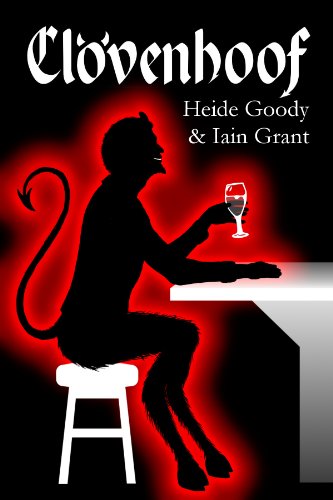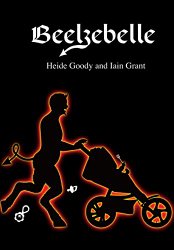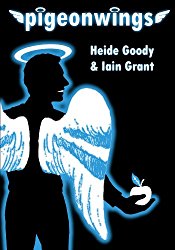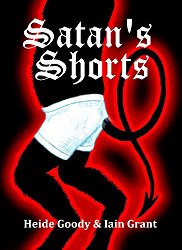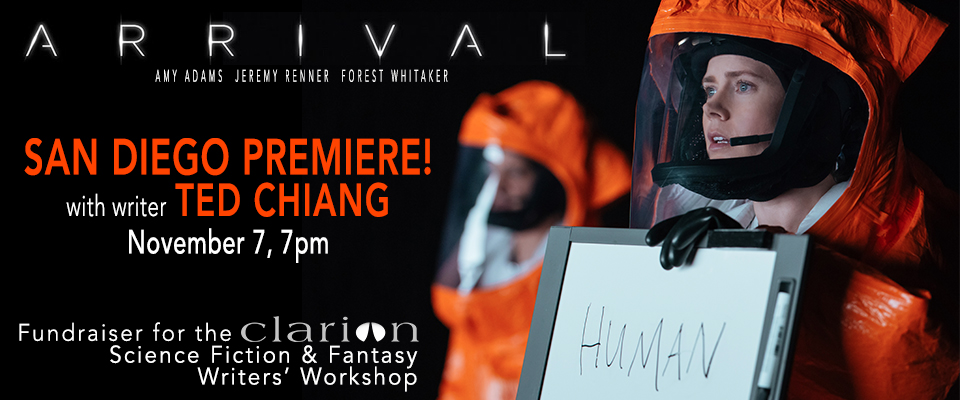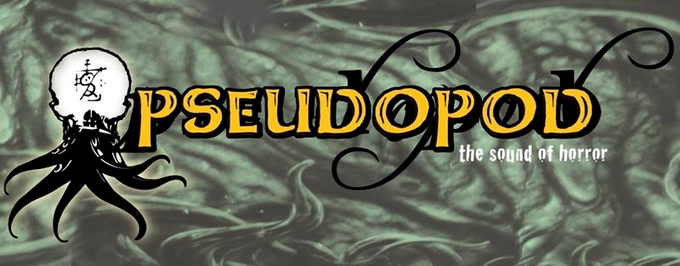By Steve Davidson: Like so many fans, I’m a failed author.
Not in a global sense – I have had two books published by traditional publishers, a few Flash fiction pieces by a fairly well respected website, hundreds of articles in magazines ranging from the completely obscure to Playboy and Maxim (both of those uncredited, but I cashed the checks) and untold millions of words paid for by third parties ranging from Bell Labs to a friend of a friend who needed a well-written business plan.
Nevertheless, in my own mind, I’m not an “author”. Why? Because I don’t have multiple novels sitting on shelves in bookstores in the Science Fiction and Fantasy section, nor even stories in professional publications qualifying me for full SFWA membership.
Those are my personal litmus tests for applying the title of AUTHOR to myself, or pretty much anyone else in the SF/F field.
These are the goals that I strive for when writing SF – qualification for SFWA, a place on the traditional shelf next to Asimov, Clarke, Heinlein and so many others, perhaps even consideration for the holy grail – The Hugo Award. (Beyond, of course, writing a cracking good story.)
Some of you may perhaps remember that back in the 70s, 1975 to be exact, Jacqueline Lichtenberg edited an anthology (along with Sondra Marshak and Joan Winston) titled Star Trek Lives!.
As an avowed Trekkie, I purchased anything with Star Trek on the cover back then and I bought that Bantam paperback for $1.95, only to be mortified by the discovery that it was a collection of amateur stuff collated from fanzines!
I looked at my pile of rejection slips from Amazing Stories, Fantastic Stories, F&SF, Analog, back at that book and almost threw up my hands in despair: I was writing serious stuff (great stuff if you must know, stuff that Ted White, and Ben Bova and Ed Ferman, bless their blackened editorial hearts, somehow failed to appreciate) and Bantam was publishing Trek wank from fanzines! Obviously the fix was in.
Apparently, that fix has been in, at least for me, since at least 1975.
Fasting forward a few decades, we arrive at my re-emergence into the SF scene following a long paintball-related Gafiation. Smack dab in the middle of the beginning of the fight between traditional publishing and the new kids on the block, the ebook self-published author.
Again, I was mortified. I’ve not yet managed to break through the barrier and these upstarts had the gall to call themselves Science Fiction authors because they scribbled a few words in an electronic file and offered it for sale on the web?
Gall? Did I say gall? No, it wasn’t gall. It was unmitigated hubris, the kind Zeus reserved his thunderbolts for (or maybe, during one of his randier moments, turning them into a ewe).
After saying “Pshaw!” (yes, I actually said it) I laughed a knowing laugh. These upstarts could obviously not produce anything worth reading, let alone deserving of the title of Author. They hadn’t had to sell themselves based on the quality of their work, not to an agent, not to a slush reader, not to an editor. Hell, they hadn’t even befriended an author with some pull for years and years at conventions and club meetings. They were so ignorant of the process they didn’t even know what rules they were breaking and, at that level of ignorance, it was just not possible for anyone to write science fiction, let alone good science fiction.
I happily joined the camp of anti-self-pub. There was already too much out there to read and I have never had any respect for line jumpers. Wait your freakin’ turn you snotty-nosed lawn-walker. If you can’t wait to see yourself in print, publish a fanzine, that’s what those things are for. Didn’t anyone ever tell you masturbation isn’t for public consumption?
One of Amazing Stories first rules was – self-pubs need not apply. I didn’t have the time or resources to hand-hold anyone through an explanation of how paragraphs are constructed, nor to explain that “…and the planet was named Earth!” was not a new concept in the field.
Every human endeavor on this planet has rules and a hierarchy. You don’t walk into the Met and take the lead in an opera because you sing well in the shower; you don’t throw a pass in the Superbowl because everyone picks you first for flag football; the Travelling Wilburys are not calling because you aced Guitar Hero. The idea that one must earn one’s stripes is a long established tradition because it usually works out pretty well; the head glassblower rarely burns his lips and that’s no accident. You put your time in, you learn your craft and then, if you persist (and with a little luck) you can claim the mantle of AUTHOR.
My original SF blog (The Crotchety Old Fan) propounded this theory and took a fair amount of glee in exposing the attempts of these wannabes – mostly pointing out that the concepts, characters and plots had been told around the campfire for years; I often suggested that perhaps someone interested in writing SF ought to be a little familiar with what has gone before – at least a little more familiar than playing a few sessions of HALO or watching a couple of super hero movies.
“Why are you so mean to us?” essentially sums up the response I got from self-pubbed authors. The answer was – “because you’re jumping the line”. (When my first novel is published by ACE or BAEN or TOR, then I won’t care about you so much, but until then….)
One memorable day, following a particularly excoriating review of some self-pub POS that had been sent to me unsolicited (it was, apparently, a series resurrected by a now successful romance author who obviously did not know there is a difference between universes, galaxies, nebulae and stars….) I was challenged by a self-pubbed author who considered themselves to be successful: “Read something of mine and then say that“.
“No, I’m not throwing good money after bad. If you want me to read something, send me what you think is your best work and I’ll give it an honest shot.”
99 cents was obviously not too small a price to pay. An ebook arrived. I read the first two paragraphs and sent back four pages of critique, starting with “your tenses don’t agree.”
Never heard back from that guy again.
But you know, it did get me thinking. Something I’d read about letting the audience be the editor, that these new authors were trying something pretty risky. Kind of like what an artist does – here’s my pic, what do you think?
Maybe these folks weren’t line jumping so much as discovering that the store had installed self-check out lines….
I took a deeper look.
Yes, some of these folks were so ignorant they actually seemed to think that two seconds after they release their latest on Amazon, James Patterson will be calling to offer them a deal; and yes, many, many, many of them would be doing far better if they’d taken a traditional writing class or two (you know, the ones where the instructor slathers red ink all over your MS and constantly tells you that your mother dresses you funny, but then that’s probably payback for your crappy prose); and yes, many, many, many of them seem to be entirely ignorant of the field, if not downright hostile to it, and yes, some of them have become so frustrated by their failure(s) to crack through the traditional barriers that they’ve given up on that approach (when they should be giving up on writing)…
But.
When you get right down to it, most of them are just folks who want to write science fiction and fantasy because they love it so much. Just like me. And maybe they’re a little braver than me, or at least a bit more risk-averse. They’re willing to share something that might not be finished, or polished.
If you look at it from a contemporary perspective (the one outside my walled lawn), and you are honest with yourself, there’s almost no difference between a self-pubbed* author and an unpublished author who submits their MS to traditional markets. The only real difference is, we get to look at one slush pile, while the other one remains private.
And there’s little to no difference between the (I’ll use the proper title now because we’ve arrived at that point) Indie author who achieves some success and acceptance and the unpublished author whose very first story has just been accepted by a traditional market.
I might not like either. Either might have some spelling and grammatical errors (probably both do); either might have some scientific errors (or engage in excessive hand-waving); either might be presented behind a lousy cover. Either might be nominated for awards. I might actually like either one, or even both.
Does the quality often leave something to be desired? Well, its usually pretty obvious when they buy a cover from a cover mill, and usually even more so when they “put one together themselves” – but on the other hand, I now have worked with at least two author-artists who have nary a complaint about the publisher’s selection of scene or presentation; I met a third on a panel who was surprised to discover that she was already doing what many good graphic artists are: arranging an image that plays well on both a rectangular book cover AND a square internet ad.
Can they really be their own copy editors? No. The good ones aren’t – at least after they make enough sales to afford a good copy editor. I do see many indies taking in corrections from their readers and incorporating them in later iterations of their work. This may be a slower and less professional effort, but I’ve also noticed that there seem to be large swathes of the reading public who would never be considered for WSFS’s Fly Specking committee. Between texting, the internet and the erosion of language studies in our public education system, speeling and gramur just do not seem all that important anymore. These errors are not pushing readers out of a book because they are just not seen by the reader. I’m not advocating for the end of copy editing, but it does seem that younger audiences are, as a general rule, far less sensitive to such things (but stick an inconsistency in a film or tv show and listen to the howls….)
I think the bottom line is this: there is now effectively no difference between an indie and a traditional author. Both methods of publication can produce brilliance and both can produce crap. Both paths produce far more work than any one individual can consume (or even remain aware of). The good story-tellers will find an audience; both types of author will use their success to improve their craft. We’ll hear more and more about the good ‘uns and less and less about the bad ‘uns. The only real difference between the past and now is, far more choices for the reader.
Me? I’ve obviously changed my views. In fact, Amazing Stories now has a Sunday feature devoted entirely to indie authors.
*Auto-correct changed this to “self-pupped” author. Maybe my computer knows something I don’t. Regardless and despite enormous temptation, I have decided to forego pontificating on the differences between self-pubbed and self-pupped authorship, other than to note that self-pubbed authors themselves have rejected that term in favor of the more neutral and better-sounding “indie author”.


